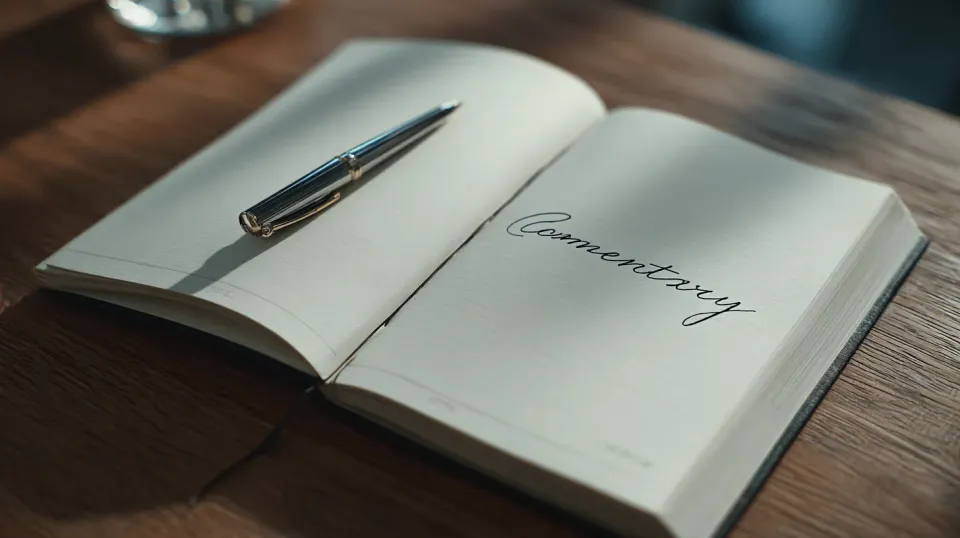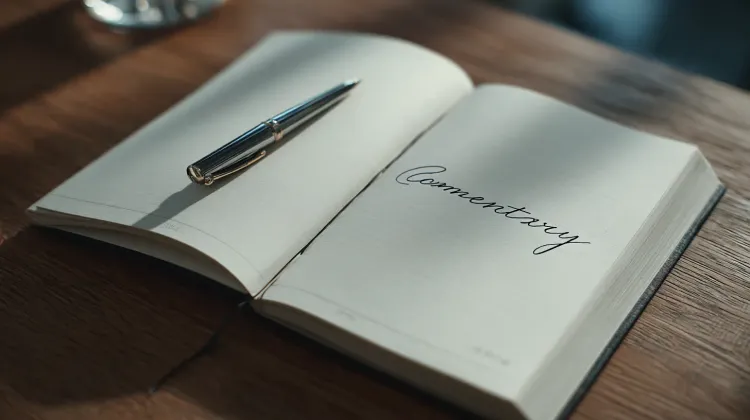The Evil Eye: A Gaze That Wounds

In every era, people have feared a look that could do damage. The earliest record of it comes from ancient Mesopotamia, where tablets warn against “the eye that looks with ill will.” The motive didn’t have to be envy — it could be anger, contempt, revenge, or the simple wish to see someone in pain.
Some view this through a logical lens: the gaze is a signal of intent, and once you’ve been marked, harm comes through human action. Subtle changes in tone, influence over others, deliberate interference — the look is the opening move in a chain of real-world consequences.
Others see it as more than human. In that view, the gaze itself carries force — an unseen current capable of bending events, souring luck, or bringing illness and misfortune without visible cause.
This is what happened to Emily in You Look So Beautiful. Mina wasn’t just angered by Jonathan’s words; she brooded on them. Her malicious gaze toward Emily was fueled by a corrosive state of mind — the kind of hostility that, in the supernatural reading, projects the evil eye. Most people let things slide. But a person who dwells on slights keeps you or your loved ones in their mind, and nothing good comes from that.
Both interpretations start the same way: a mind turns toward you with harm in it, and the eyes deliver that harm. Whether the mechanism is human behavior or something older and unseen, the result is often indistinguishable.

